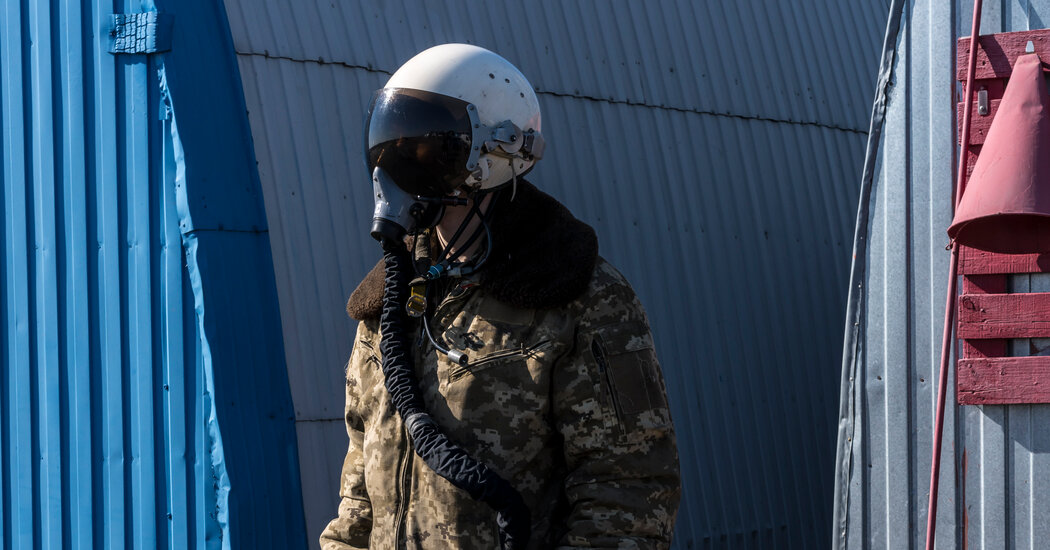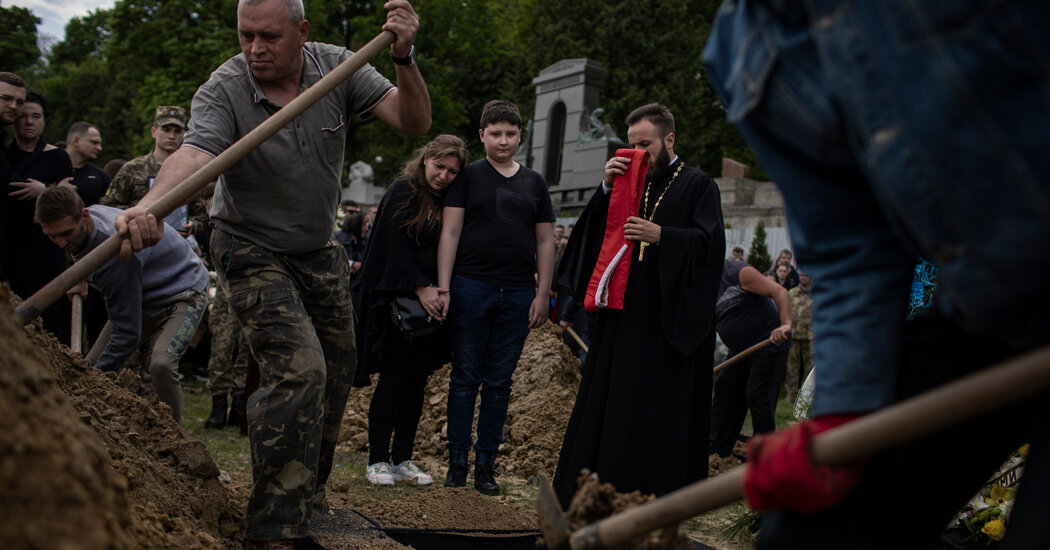
“Ukraine has been effective in the sky because we operate on our own land,” Yuriy Ihnat, a spokesman for the Ukrainian Air Force said. “The enemy flying into our airspace is flying into the zone of our air defense systems.” He described the strategy as luring Russian planes into air defense traps.
Dave Deptula, dean of the Mitchell Institute for Aerospace Studies and the principal attack planner for the Desert Storm air campaign in Iraq, said the impressive performance of the Ukrainian pilots had helped counter their disadvantages in numbers. He said Ukraine now has roughly 55 operational fighter jets, a number that is dwindling from shoot-downs and mechanical failures, as Ukrainian pilots are “stressing them to max performance.”
Ukraine’s president, Volodymyr Zelensky, has appealed repeatedly to Western governments to replenish the Ukrainian Air Force and has asked NATO to enforce a no-fly zone over the country, a step Western leaders have so far refused to take. Slovakia and Poland have considered sending MiG-29 fighter jets, which Ukrainian pilots could fly with minimal additional training, but as yet no transfers have been made.
“Russian troops have already fired nearly 1,000 missiles at Ukraine, countless bombs,” Mr. Zelensky said in a video address to Congress on March 16, appealing for more planes. “And you know that they exist, and you have them, but they are on earth, not in Ukraine — in the Ukrainian sky.”
Mr. Deptula said transferring these jets into Ukraine is critical. “Without resupply,” he said, “they will run out of airplanes before they run out of pilots.”
Pilotless drones are also a tool in the Ukrainian military’s arsenal, but not in the battle for control of the airspace. Ukraine flies a Turkish-made armed drone, the Bayraktar TB-2, a plodding, propeller aircraft that is lethally effective in destroying tanks or artillery pieces on the ground but cannot hit targets in the air. If Ukraine’s air defenses fail, Russian jets could easily pick them off.




